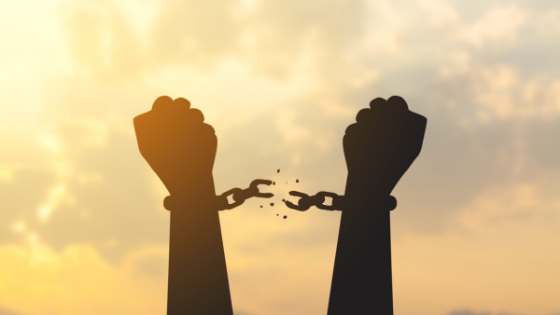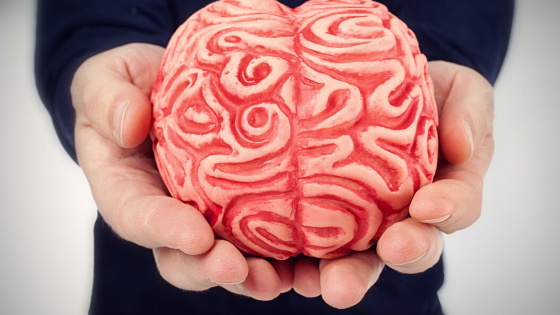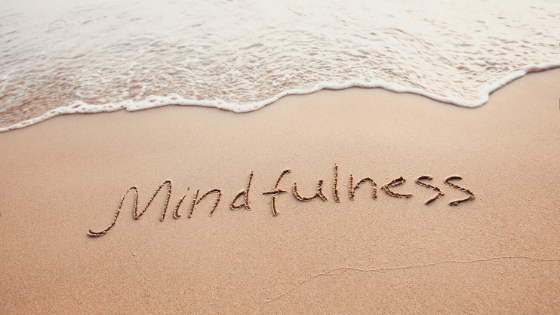Breaking Bad Habits and Addictions Using the Functional Medicine Approach
Functional medicine is the only approach to breaking bad habits and addictions that doesn’t rely on a magic drug. There is no magic drug because pharmaceutical drugs have the potential to create other health issues. Instead, functional, or integrative medicine, coaches on methods of healing thyself. We continue from part 1 in the Mindfulness Series focusing on how our brain works and the actual creation of habits. Part 2 will explore the origins of, and motivation behind pattern behavior and understand how to change these ‘bad’ habits and addictions.
Pain: Conception of Patterned Behaviour
Life is painful, and there isn’t any person alive that’s exempt from trials and tribulations of life. Just the mere thought of a looming divorce, disease, job stress, or financial issues can send your blood pressure through the roof! This is the conception of behavioural patterns and the birth of bad habits. We then consume an externally sourced painkiller to relieve our pain and by consuming it regularly, we create a bad habit that can become an addiction.
Whether your ‘drug of choice’ is alcohol, chocolate, television, social media, sugar, or any catalyst to your feel-good hormones, it serves to divert attention temporarily from life’s difficulties. Making use of this pleasurable effect isn’t inherently bad unless we rely solely on external aid to ease the pain. It’s then that we are at the mercy of these temporary diversions with no tools to actually process and transform what’s troubling us. We paralyze ourselves from in moving forward and the transient pain turns to lasting suffering. We aim to avoid confronting what needs changing and are masters at practicing avoidance.
Overstimulation or Avoidance of Pain
Our society prizes instant gratification and encourages the avoidance of pain. It plays upon our biological drive to maximize pleasure and minimize discomfort. Our bodies are actually built to look externally for comfort. With time, cues and triggers develop which initiate learned response, like eating the chocolate or turning on the TV. The last post, explains how each repetition reinforces this habit pattern and modifies our perception to be continually seeking reward. Though this may lessen the immediate discomfort, it is a “band-aid solution” that often leads to both the consequence of not processing the pain and the fallout of the habit itself. We do ourselves a double injustice by not trying to find inner and lasting healing to the pain.
Finding Inner Sweetness To Heal the Pain
What then, is a better remedy to healing life’s pain? After taking the time to be consciously aware of the discomfort (as we practiced in part 1), become aware of what exists beneath that discomfort. What lies beyond the pain or emotional turmoil? Quietude. Peace. That is the inner sweetness we all desire and it can be achieved. In conclusion, let’s explore now how to find freedom from bad habits and addictions and change our lives for the better.
Changing Bad Habits and Addictions
You’re on your way to changing your bad habits for good! The first 2 steps below were discussed in Part 1 of the Mindfulness Series. Let’s continue with the remaining steps to finding freedom from addictions!

Functional Medicine Approach to Freedom From Addiction
- Take five deep breaths
- Observe & note the state of your body and mind when confronted with craving.
- Close your eyes and shift your attention to any part of your body that is free of discomfort. It may be your left earlobe or your right big toe. No matter how small or how large, take time to observe one part of your body that feels GOOD.
- Hold your focus on that point for one to three minutes.
- Say a silent “thank you” for this part of you. Remind your body that you are doing your best to help it heal.
Mental force “is a physical force generated by mental effort. It is the physical expression of will.” p.295 Schwartz– The Mind & The Brain In other words: where your attention goes, energy flows. The habits hard-wired into your brain can be shifted to patterning more conducive to healing by the power of will, or attention. Through the power of your pointed attention, with patience and dedication, it is possible to breed an unchangeable awareness of inner peace and balance. This experience can carry you through even the most difficult circumstances. Just as there is infinite sorrow to be found should you look, so too, is there infinite joy. The more we train the mind to focus on what’s right, the more things will fall into place.
As you progress through your path to greater physical and mental vitality and re-wiring old habits, try to approach each change from a place of gratitude. Conquer a challenge! Then, each step toward health is a gift to your future self and a “thank you” for being alive.







